Tiny dustless asteroids around the Earth reveal a Big secret about solar storms
Tiny asteroids like Bennu or Ryugu are devoid of dust. For a long time, scientists have been wondering why. Now, it turns out that our Sun and the violent solar storms might have something to do with it.
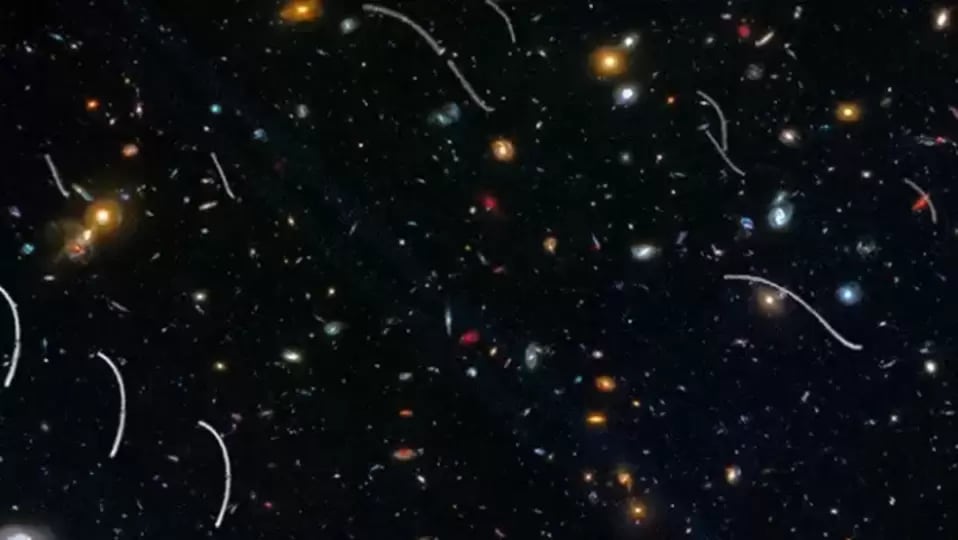
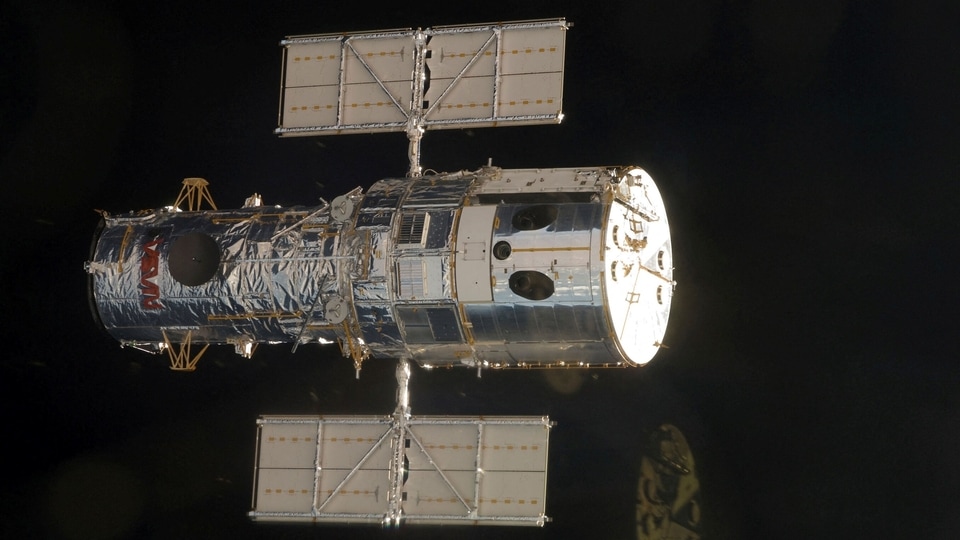
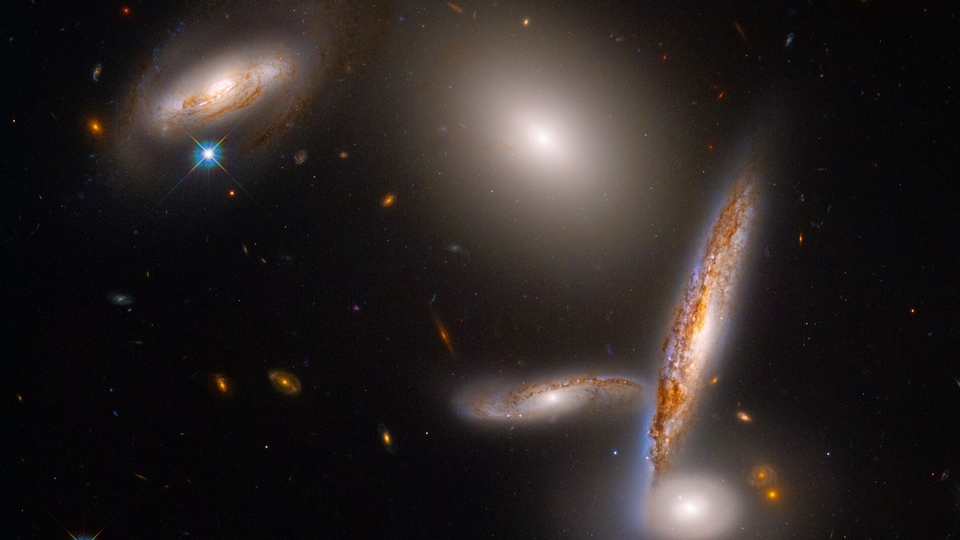
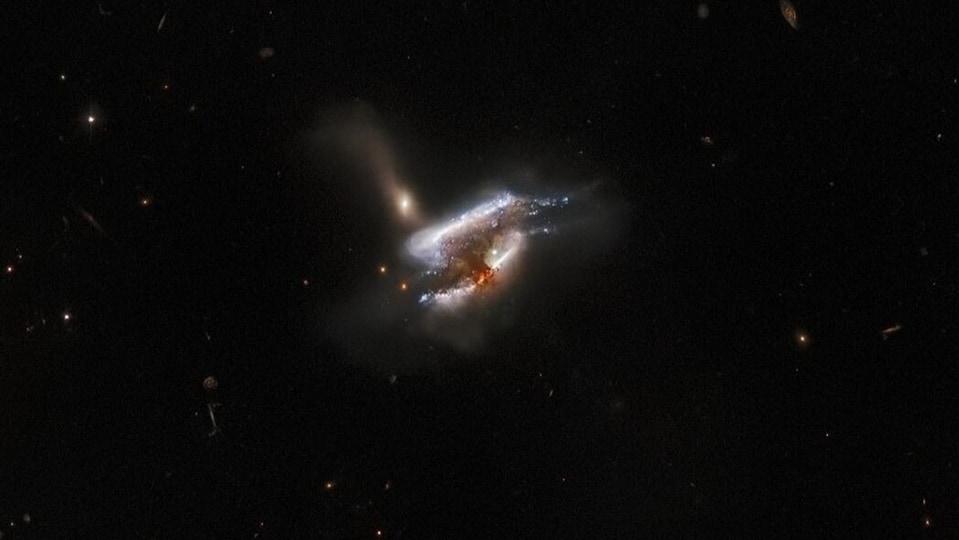
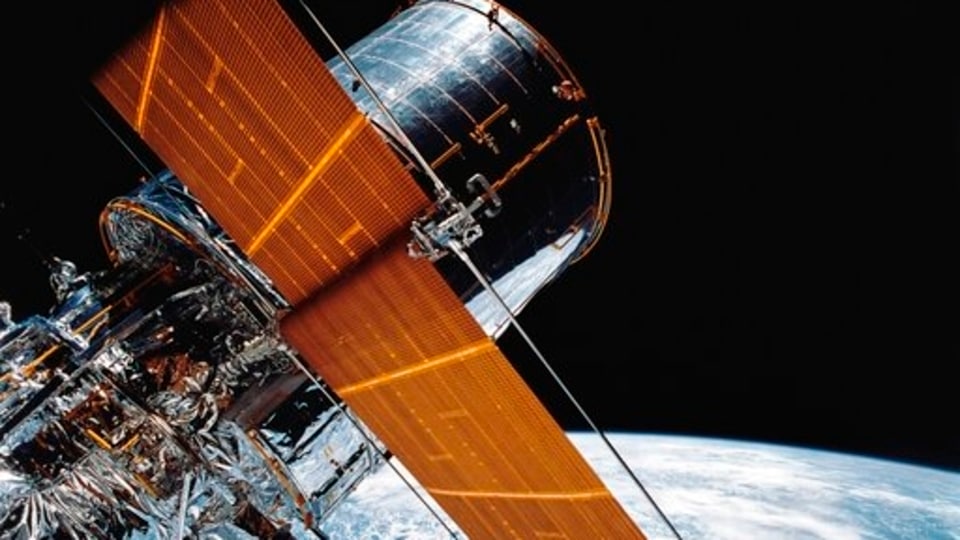
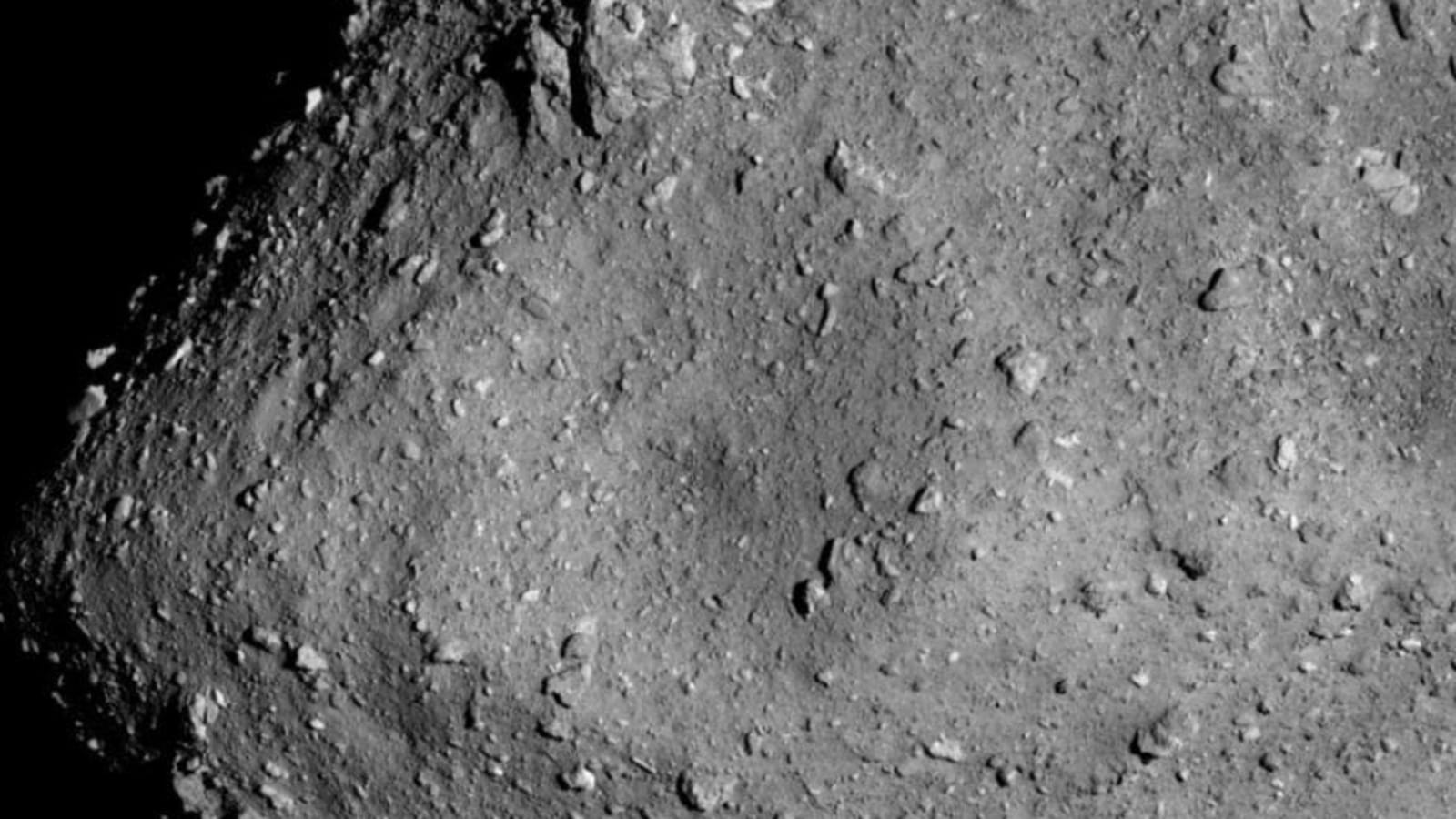
 View all Images
View all ImagesAsteroids are strange. Some are made of rocks while others are made up of ice (Themis), sometimes they rotate and sometimes they just tumble (Toutatis) and they can be from tens of kilometers wide to as small as a few centimeters. And scientists have spent years trying to understand these anomalies in asteroids and the cause behind them because they just might reveal something important to us. And it appears that scientists have come across something like that. Smaller asteroids like Bennu and Ryugu share a very intriguing characteristic — they are all dustless. And scientists have found that this feature is caused by various solar activities including solar storms.
It might seem a little strange to think that a solar storm can make asteroids dustless and to understand its relevance for us, but rest assured, it does reveal information that can be useful to us. Scientists found out about this phenomenon very recently after spacecraft Hayabusa2 and OSIRIS-REx visited the two asteroids and saw that their surface is not smooth like the large asteroids like Vesta. The body of these smaller asteroids looked like a rocky canyon with small rocks dumped everywhere and not a speck of dust to bind them together.
Dustless asteroids give an important warning against solar storms
A new study, published in the Nature journal, highlights that smaller asteroids lose the dust on the surface due to a process known as electrostatic repulsion. In simple words, electrostatic repulsion means two particles of the same charge repel each other. And the study has found that what causes this in the smaller asteroids is the ultraviolet radiation from the Sun. So, when these rays fall on the dust, the dust loses electrons from its atomic structure and once they get charged, they shoot off the asteroid and dive into empty space.
But why is this phenomenon only visible in smaller asteroids? The answer is simple. Because of the smaller size, the asteroids have weaker gravitational pull and are not able to counterbalance the repulsion of similar charges.
And how does it relate to us? Well, solar storms carry similar radiations. And if we know that this is the effect the Sun's radiation can have on the dust particles, the assumption is that the same can happen to the small instruments in the satellites rotating in the upper orbit of the Earth. While they are not at a risk of being flung into space, being zapped by UV rays can actually impact their functioning by charging up the instruments. Some of these satellites are used for crucial communication and security purposes, and the smallest change in the reading of these instruments can be very problematic.
This information will help the scientists in not only understanding the asteroids better but also think of better ways to safeguard satellites from solar storms.
Catch all the Latest Tech News, Mobile News, Laptop News, Gaming news, Wearables News , How To News, also keep up with us on Whatsapp channel,Twitter, Facebook, Google News, and Instagram. For our latest videos, subscribe to our YouTube channel.






























